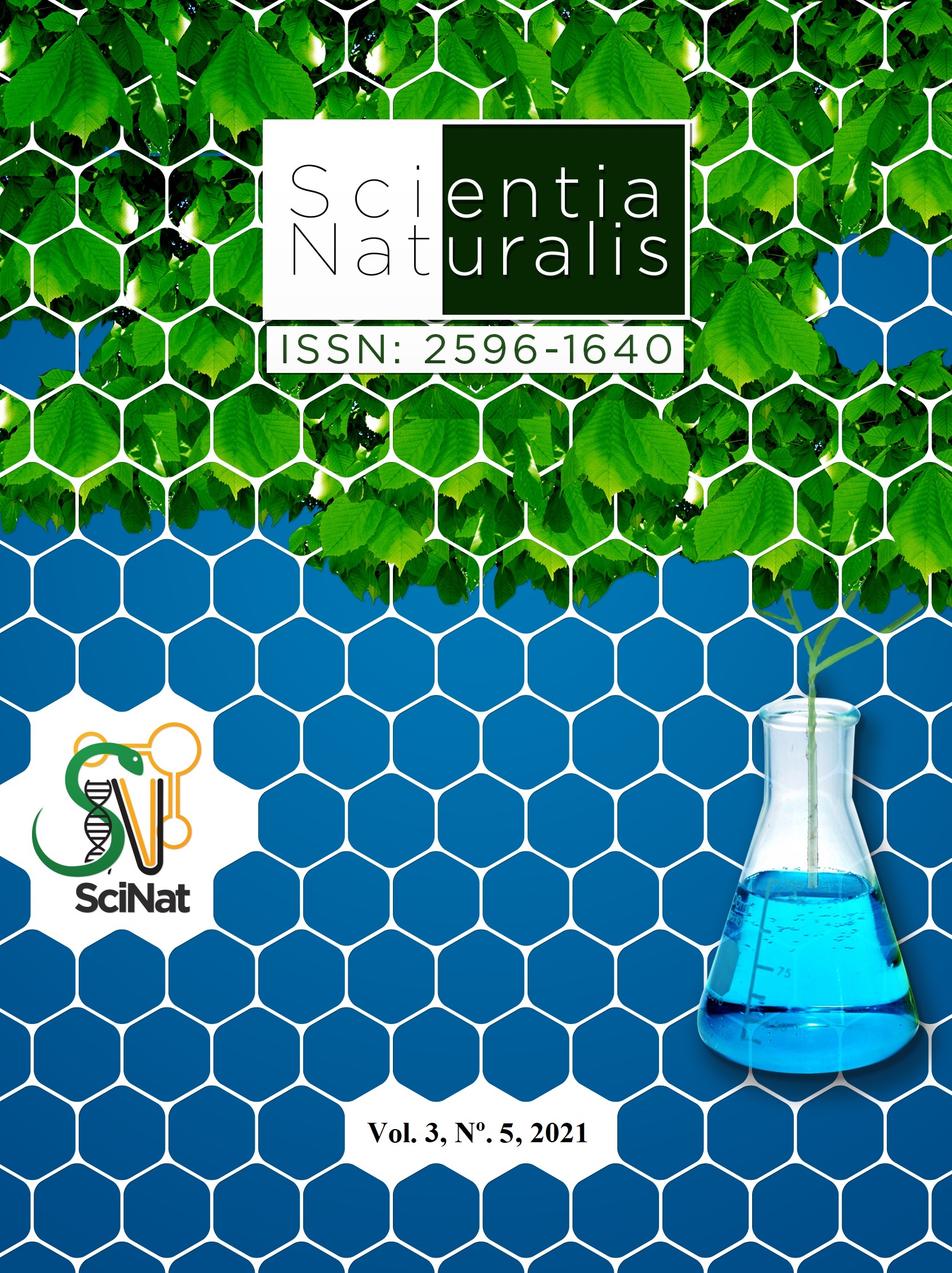Desempenho morfológico de begônia (Begonia cucullata willd.) sob diferentes níveis de intensidade luminosa
DOI:
https://doi.org/10.29327/269504.3.5-28Resumo
As Plantas Alimentícias Não Convencionais (PANC), a cada dia, vem ganhando espaço na alimentação diária. Existem várias espécies vegetais que tem outros usos, além do comestível, que é o caso da Begônia (Begonia cucullata Willd.) que também é ornamental, contudo, o objetivo deste trabalho foi avaliar o desenvolvimento morfológico da begônia sob diferentes níveis de intensidade luminosa. O trabalho foi conduzido na horta experimental da Universidade Federal do Acre em 2019, a begônia foi propagada por meio de estaquia e levada a vasos de 4 litros. O delineamento experimental adotado foi o inteiramente casualizado (DIC). As plantas foram organizadas aleatoriamente, em cinco tratamentos com seis repetições cada, distribuídas da seguinte forma: T1 - Pleno sol (tratamento controle), T2 - 30% de sombreamento, T3 - 50% de sombreamento, T4 - 75% de sombreamento. Foram avaliados número de folhas (NF), número de ramos laterais (NRL), diâmetro do caule (DC), altura de planta (AP) e número de inflorescências (NI). Os dados foram comparados pelo teste de Tukey (p>0,05) e por análise de regressão, processadas pelo AgroEstat. Houve diferença significativa para as variáveis NRL, AP e NI, exceto para NF e DC. O tratamento 50% favorece as características morfológicas de begônia.




